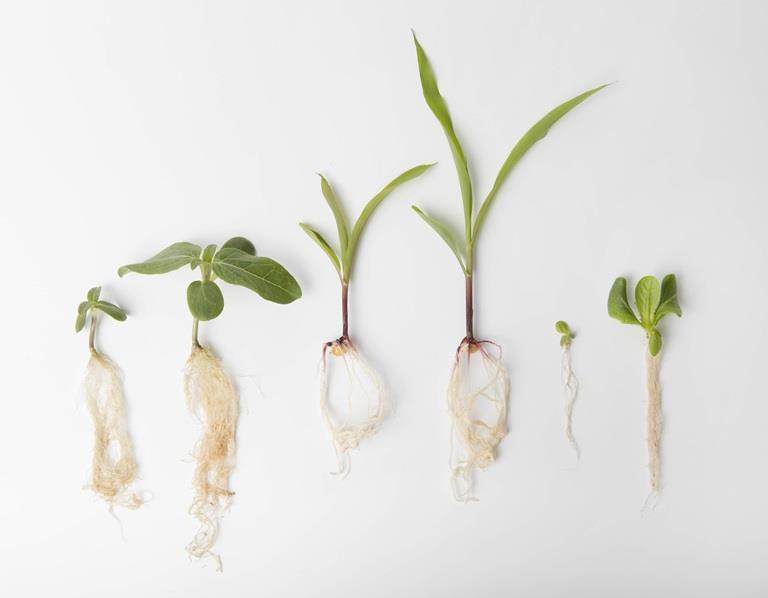Superpowers of microbes
The Dutch scientist Antonie van Leeuwenhoek was the first to observe microbes after he had improved the magnification of microscopes in 1674. But microbes already inhabited the earth for several billion years. They have evolved and adapted in such a way that they are able to live in the most extreme conditions.
In fact, cyanobacteria (blue-green algae, found in all water) were the first living creatures on Earth. They synthesize organic compounds from carbon dioxide (CO2), while producing oxygen (O2). This process resulted in a big change on earth, replacing the atmosphere from almost anoxic to oxygen-rich. Scientists estimate that 50-80% of the oxygen production of the planet comes from the ocean.
Microbes have inhabited the earth for several billion years and have evolved in such a way that they are able to live in the most extreme conditions.
Microbes or microorganisms can be a wide variety of organisms like bacteria, fungi, algae, viruses and are present in great abundance. The human body alone contains, by estimate, 39 trillion microbes, the number of human cells is estimated around 30 trillion. Without these microbes your body would not function properly.
On the entire earth about 60% of the biomass, living and death organic material, consists of microbes. Scientists have attempted to estimate the number of microbial species on Earth, resulting in a number between 100 billion and 1 trillion. It has been estimated that there are a nonillion individual bacterial and archaeal cells on Earth. Probably, like me, you have never heard of this number. It is a 1 followed by 30 zeros. If the estimation is correct that is a huge amount. By far the biggest part of this can be found in the subsurface, soil and oceans.
Microbes can be extremely agile – they have adapted to their surroundings and are able to survive under extreme conditions. Not only has bacterial DNA been found in permafrost (any ground that remains completely frozen, 0 °C or colder, for at least two years straight) but they can also survive in extreme hot temperatures. For instance, microbes able to grow at temperature up to 85 °C, were found in Yellowstone National Park in the United State. Depending on the temperature these bacteria have a distinct colour resulting in these colourful hot springs.
Microbes play an important role in everyday life. They are used to produce foods like cheese, yoghurt and alcohol, and for antibiotics and medicine production.
Microbes also can have beneficial qualities for agriculture. In the upcoming months I will explain more about the benefits they can have for seedlings and plants, methods to apply them on seed, the challenges of applying microbes on seed and many more topics related to microorganisms on seed.
We develop quality seed-application methods for biologicals and additives.
